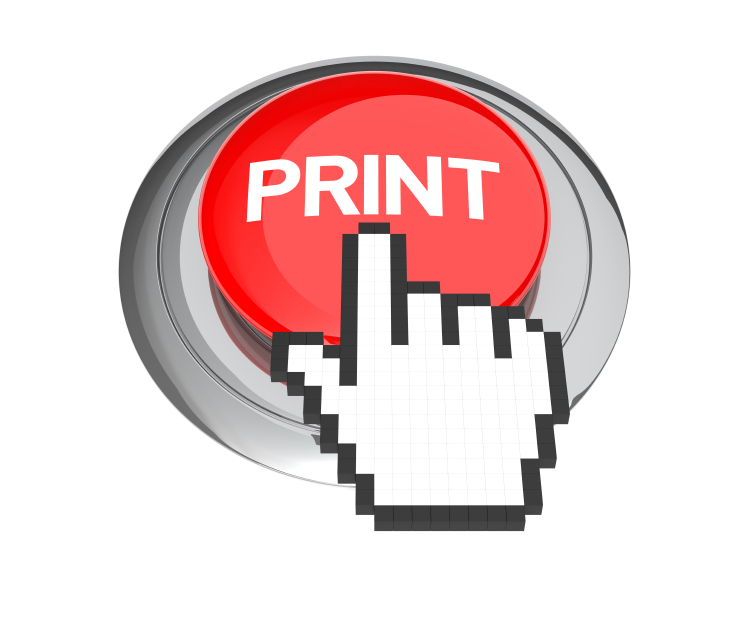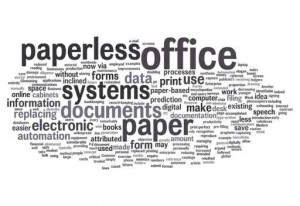Over the last 5-10 years there has been a dramatic shift in business relationships and the way we transact business.
Social media is viral and electronic methods by which we communicate have had a major impact on businesses and the way in which we transact our everyday business interactions.
Gone are the days when you’d receive a call from a customer requesting a quote for… its largely performed by email and telephone calls have been delegated to the bottom of the pile.
In my experience many of the people we transact business with prefer electronic methods of communication rather than talking on the phone or answering the phone for that matter.
Many are competent at texting, using apps and sending emails but engaging in a telephone conversation that’s another matter.
To illustrate, earlier this year we were invited to provide a proposal for the outsourcing of payslip printing for a large Plc.
The initial contact was made by telephone and the gentleman who was heading up the project gave me the details of what the organisation was intending.
Shortly after the call, I immediately established he was on linkedin and was able to ascertain he was in his mid twenties.
Following submission of our proposal we followed up with a call, more friendly and professional wouldn’t you think?
Sadly no, instead we got his voice mail, left messages, voice mail, left messages.
Of course we followed up with an email “bingo” we got a response and the rest is history.
What’s in a relationship?
You trust your Doctor to make the right diagnosis don’t you? You rely on the integrity of your Dentist to extract the right tooth or repair it don’t you?
So why is it that business relationships appear to be so “transient” in this modern day and age?
As purveyors of solutions, systems, products and services you’d think that the customer would really go out of their way to ensure that they as well as the service provider work hard to make the “marriage work”.
Customers want and expect different things from their relationships with different organisations in much the same way as they have different needs and wants from their personal relationships.
There are two types of relationships:
- the type of relationship that join parties together i.e. what ties us together?
- the nature of the benefits they offer each party i.e. what’s in it for me?
What ties us together?
What’s in it for me?
Companies need to understand the customers perspective as this will consolidate the relationship between customer and supplier and increase loyalty. The balance has also changed too with customers expecting a better experience than just simply “using a supplier”.
What are the dynamics of customer relationships?
These relationships change and evolve over time. Whether in response to the supplier’s or customer’s action, the circumstances changing and competitor activity at some point test the validity of the relationship.
When a problem occurs the strength of the relationship before the problem and the way it is then managed tests the validity of the relationship. In other words, if the relationship is solid the customer will be empathetic to why it happened and the supplier will be sympathetic in wanting to resolve it quickly and efficiently.
A successful resolution will greatly enhance the business relationship which is why human interaction and talking on the phone or meeting with the client is crucial to making the customer feel valued and to maintaining the longevity of the relationship. Business relationships change and evolve over time. Whether in response to the supplier’s or customer’s action, the circumstances changing and competitor activity at some point test the validity of the relationship.
Ultimately the relationships we have with our customers have different meanings to that of our personal relationships of family and friends.
But the same principles we expect in our personal relationships are no different to those in which we transact in business – honesty, integrity, being treated as a human being and keeping promises and commitments.

Relationships change and evolve over time. Whether in response to the supplier’s or customer’s action, the circumstances changing and competitor activity at some point test the validity of the relationship.
Furthermore, good business relationships require understanding and effort from BOTH PARTIES not just one!
The key point of this article is communication. The art of communication has been replaced by email and social media. It’s quick and easy to transact business this way than it is to pick up the phone and talk.
What do you think? Are business relationships a thing of the past?
Has communication become a dying art?
Let us know what you think!
[gravityform id=”2″ name=”Leave a comment”]













